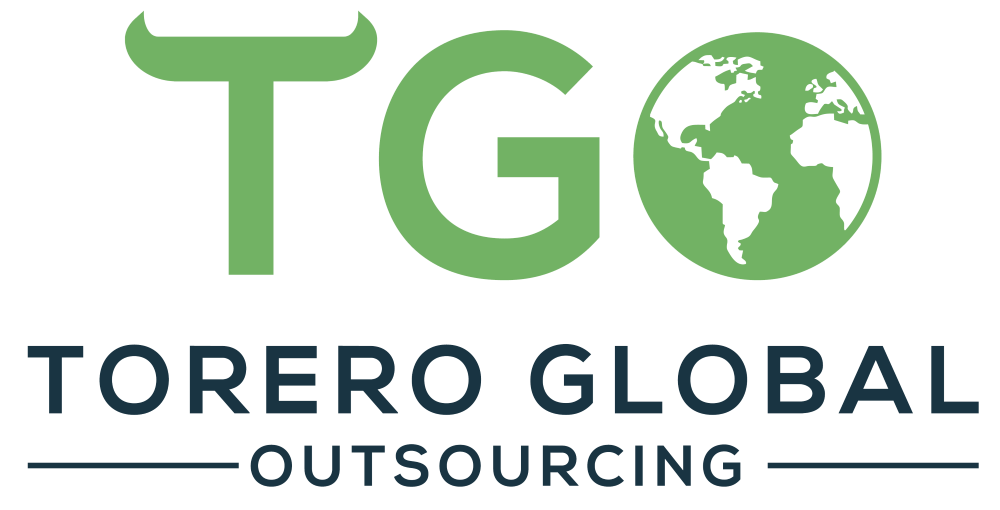Outsourcing has become a strategic tool for businesses seeking to enhance efficiency, access specialized expertise, and scale operations without the burden of internal management. However, selecting the right outsourcing partner is crucial to reaping these benefits and ensuring a successful collaboration. In this blog, we’ll guide you through the key considerations and steps to choose the right outsourcing partner for your business needs.
1. Define Your Objectives and Needs
Before you start searching for an outsourcing partner, it’s essential to clearly define your business objectives and outsourcing needs. This clarity will help you identify the right partner who can align with your goals.
- Identify Core and Non-Core Functions: Determine which business functions are essential to your core operations and which ones can be outsourced. Non-core functions such as customer support, IT management, and payroll are often ideal for outsourcing.
- Set Clear Objectives: Define what you aim to achieve through outsourcing. Are you looking to reduce costs, improve efficiency, access specialized skills, or scale operations? Having clear objectives will help you communicate your needs effectively and evaluate potential partners.
- Establish Key Performance Indicators (KPIs): Outline the metrics by which you will measure the success of the outsourcing arrangement. These KPIs could include service quality, response time, cost savings, or specific project outcomes.
2. Research Potential Partners
Once you have a clear understanding of your needs, start researching potential outsourcing partners. This involves evaluating their capabilities, reputation, and alignment with your business objectives.
- Industry Experience and Expertise: Look for outsourcing providers with experience in your industry. They should understand the specific challenges and requirements of your sector and bring relevant expertise to the table.
- Reputation and Reviews: Investigate the reputation of potential partners through client reviews, testimonials, and case studies. Positive feedback from other businesses can provide insights into the partner’s reliability, performance, and customer service.
- Service Offerings and Capabilities: Ensure that the outsourcing partner offers the specific services you require and has the necessary resources and technology to deliver them effectively. Assess their ability to handle the scale and complexity of your needs.
3. Evaluate Cultural Fit and Communication
Cultural alignment and effective communication are critical for a successful outsourcing partnership. Assess these aspects to ensure a smooth collaboration.
- Cultural Alignment: Consider the cultural fit between your organization and the outsourcing partner. Shared values, work ethics, and business practices can facilitate a better working relationship and ensure that both parties are on the same page.
- Communication Practices: Evaluate the partner’s communication practices and responsiveness. Clear, timely, and transparent communication is essential for addressing issues, managing expectations, and maintaining a strong working relationship.
- Time Zone and Language Considerations: If you’re outsourcing to a provider in a different time zone or country, ensure that their working hours align with your business needs. Additionally, language proficiency should be considered to avoid miscommunication and ensure effective collaboration.
4. Assess Quality Assurance and Security Measures
Quality assurance and security are paramount when selecting an outsourcing partner. Ensure that the partner adheres to high standards and has robust measures in place.
- Quality Control Processes: Review the partner’s quality control processes and practices. They should have established procedures for monitoring and maintaining the quality of their services. Request information on their approach to quality management and any certifications they hold.
- Data Security and Compliance: Ensure that the outsourcing partner adheres to data security best practices and complies with relevant regulations such as GDPR or HIPAA. Assess their measures for data protection, including encryption, access controls, and incident response protocols.
- Risk Management: Inquire about the partner’s risk management strategies and contingency plans. They should have protocols in place to handle potential disruptions, such as natural disasters, technical issues, or other unforeseen events.
5. Review Pricing and Contract Terms
Understanding the pricing structure and contract terms is crucial for avoiding unexpected costs and ensuring a fair partnership.
- Transparent Pricing: Seek clarity on the pricing model and any additional costs associated with the outsourcing arrangement. Ensure that the pricing structure aligns with your budget and provides a clear understanding of what is included in the service fees.
- Contract Terms and Flexibility: Review the contract terms carefully, including service level agreements (SLAs), performance metrics, and termination clauses. Ensure that the contract provides flexibility to accommodate changes in your business needs and allows for adjustments if necessary.
- Negotiation and Customization: Don’t hesitate to negotiate terms and request customization to better fit your requirements. A good outsourcing partner will be open to discussions and willing to tailor the agreement to meet your specific needs.
6. Conduct a Pilot Project
Before committing to a long-term partnership, consider running a pilot project to evaluate the outsourcing partner’s performance and compatibility.
- Scope of the Pilot: Define the scope and objectives of the pilot project. This could involve outsourcing a specific task or function for a limited period to assess the partner’s capabilities and performance.
- Evaluation Criteria: Establish criteria for evaluating the pilot project, such as quality, timeliness, communication, and overall satisfaction. Use this evaluation to determine if the partner meets your expectations and aligns with your business goals.
- Feedback and Adjustments: Collect feedback from your team and the outsourcing partner throughout the pilot project. Use this feedback to make any necessary adjustments and address any issues before moving forward with a full-scale partnership.
7. Make an Informed Decision
After completing the evaluation and pilot phases, make an informed decision based on your findings and overall assessment.
- Compare and Contrast: Compare the performance, pricing, and capabilities of potential partners. Consider how well they align with your business objectives and how effectively they addressed your needs during the pilot project.
- Finalize the Partnership: Once you’ve selected the right outsourcing partner, finalize the partnership by signing the contract and initiating the onboarding process. Ensure that both parties have a clear understanding of roles, responsibilities, and expectations.
Conclusion
Choosing the right outsourcing partner is a critical decision that can significantly impact your business efficiency and success. By defining your objectives, researching potential partners, assessing cultural fit and communication, evaluating quality assurance and security, reviewing pricing and contract terms, conducting a pilot project, and making an informed decision, you can establish a successful outsourcing relationship that drives growth and delivers value.
Taking the time to carefully select an outsourcing partner will enable you to leverage external expertise, enhance operational efficiency, and focus on achieving your strategic goals. As you embark on this journey, keep these considerations in mind to ensure a productive and mutually beneficial partnership.

